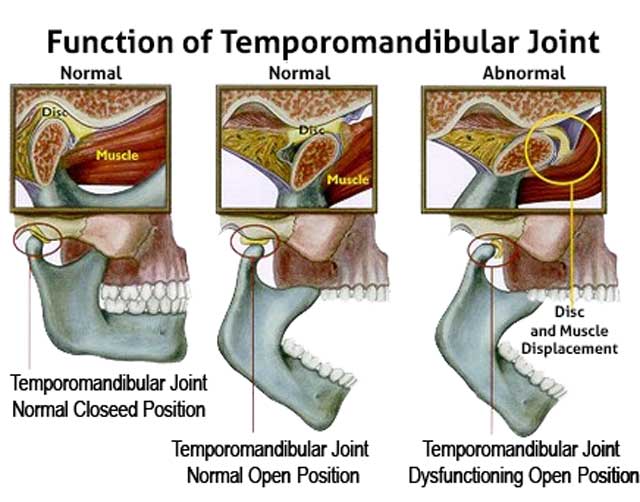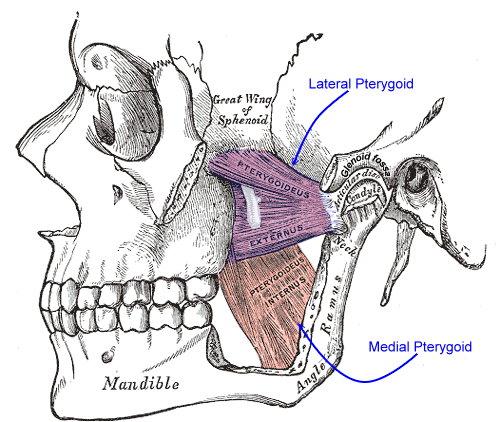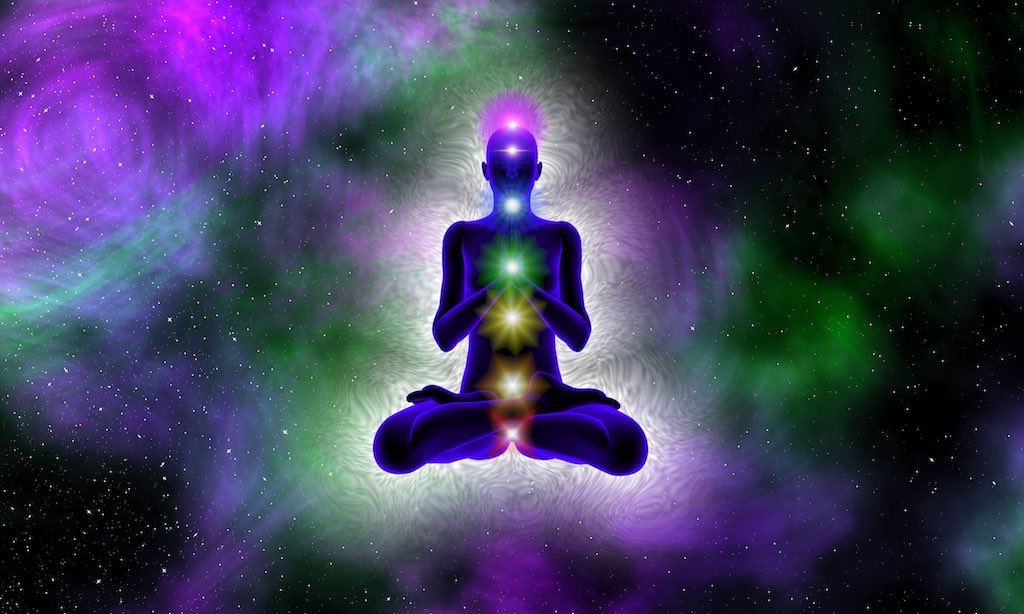The post 5 Tips to Prevent Headaches and Migraines appeared first on MetaMed.
]]>Headaches and migraines aren't just a pain in the head. They're a pain in the butt. Suffering from daily, weekly or even random headaches can significantly interfere with your day and ability to do simple tasks.

Headaches and Migraines Can Affect Your:
- Ability to work
- Focus
- Decision making
- Ability to look after your kids
Although headaches and migraines are slightly different (see our post on Migraines) there are some basic tips to help prevent and manage them.

Top 5 Tips to Prevent Headaches and Migraines:
- Keep your hydration up. Drinking at least 2 litres of water per day. If you have difficulty drinking water you can try sparkling water, a squeeze of lemon, or drinking non-caffeinated herbal teas. Herbal teas are a great option during the cooler months. Try peppermint, berry teas or relaxing blends. Avoid sweetened drinks, soft drinks or energy drinks.
- Eat regular and small healthy snacks and meals. This helps to keep your blood sugar levels up and help sustain energy. Keep sugar content down in your snacks and meals to avoid a sugar crash and tiredness later. High-fat snacks such as avocado, salmon, nuts. It is also a good idea to identify if you have any particular foods that trigger headaches or migraines and avoid these.
- Regulate your sleep and wake times (read our blog post on Benefits of Regulating Your Sleep Cycle). Sleep is an important part of winding down from your day and repairing from any stressors you may have encountered. Try and go to bed by 10pm and avoid screen time for 30- 60 minutes before bed.
- Stress relief. Finding ways to let go of daily stress helps relieve muscle tension and wind down for a peaceful nights sleep. Meditation is one way. Going to a yoga or exercise class is another. If you have difficulty meditating there are guided meditation apps with some great sleep stories, such as Calm App.
- Magnesium supplements are great for relaxing muscle tension and calming your nervous system and can aid with reducing frequency and intensity of headaches and migraines. Read more about Magnesium types and doses here.
We are here to help
The post 5 Tips to Prevent Headaches and Migraines appeared first on MetaMed.
]]>The post Why my Jaw Hurts and What treatment can Help. appeared first on MetaMed.
]]>What does the TMJ do?
The TMJ joint is a hinge joint with a small disc within the joint. It connects the jaw (mandible) to the skull. Small muscles that help us chew (masticatory muscles) also help to open and closes your lower jaw. The TMJ allows us to:
- Speak
- Eat and chew
- Make facial expressions

What causes pain in the jaw?
Some of these symptoms can be due to structural problems like tight muscles or an injury where the jaw was traumatised by impacts, such as getting kicked in soccer, falling over and knocking your chin, or dental procedures which may leave you to chew on one side of the mouth, or have your mouth open for a prolonged amount of time, even chewing gum too much can cause TMJ dysfunction. Other times the root cause may be emotional stress, nutrient deficiencies, and postural issues. Some patients who have autoimmune arthritic disorders like rheumatoid arthritis may be predisposed to having their TMJ affected.
Who is affected?
- Both men and women can be affected but women tend to experience issues with the jaw more than men
- Recent accident- this includes injury to the head as well as anywhere else in the body
- Recent dental work– wisdom teeth extraction, crowns, root canals or fillings
- Postural issues: poor posture, holding the phone between the ear and shoulder, leaning on your chin on your hand
- Those affected by autoimmune arthritis or have a family history of arthritis
- Recent surgery where intubation has been required
- Scuba divers due to the mouthpiece of your breathing apparatus
- Hormones and hormone replacement therapy may also play a role in TMJ dysfunction
Some common symptoms of TMJ dysfunction
When the TMJ is affected by pain or injury these two pretty mundane tasks can become awkward and painful.
- Locking of the jaw: locking open or jamming shut
- Not able to clench down on your back molars
- Pain and tenderness in the jaw at rest or whilst chewing
- Clicking
- Grinding sounds (crepitus)
- The jaw not tracking evenly when opening
- Difficulty speaking because your jaw won't open enough
- Difficulty eating and chewing or pain after eating hard foods
- Pain yawning
- Grinding the teeth at night (bruxism)
- Constant clenching of the jaw leading to a bulking of the muscles at the side of your cheeks
- Pain after dental work where you've had your jaw open for a prolonged period of time
The jaw can also refer pain elsewhere. Here's how else your TMJ pain may present:
- TMJ headaches and migraines particularly around the cheek and eye- dull, sharp or stabbing pain
- Inner ear pain
- The sensation of a blocked ear
- Sinus issues
- A toothache
- Pain around the base of the skull and front of the neck
- Pain on swallowing
- Dint marks from your molars on the sides of your tongue
- Ringing in the ears like tinnitus
- Dizziness
- Avoiding eating hard foods due to pain on chewing
- Wearing down of your teeth
- Waking with a sore face in the morning due to clenching or bruxism
- Pressure and pain in the base of the skull after orgasm- post-coital headache
What will your practitioner look at?
Our practitioners always consider the jaw with any head, neck and shoulder pain and vice-versa. Releasing the jaw can result in a huge amount of relief from chronic pain in these areas. But how do we treat it?
First, we need to assess the real cause of your jaw dysfunction. We'll go through a thorough history including asking you about any aches and pains you may experience anywhere in your body, including down to your toes. Every part of the body relates to one another. Any injuries that may have been sustained to the head, neck, and jaw itself and what exactly happened. Or was there another injury elsewhere that set your jaw pain off?
We also need to go through your past medical and family history this can give an indication if you are at risk of developing arthritis that may affect the jaw. Questions about your current stress are also very important and we find that this is often a cause for clenching and grinding the teeth.
We always have a look at how you are opening and closing your jaw to see how it tracks. Does it open smoothly in a straight line, or does it list left and right? Do you need to ‘unlock' your jaw to open it wider? Can you clench the back of your teeth together, and how does this feel? Are your muscles around your jaw and temples activating, are they tight or tender? Are there any sounds like crunching, popping or clunking when you open and close your jaw? Then we have a look at all the surrounding structures like your neck motion, shoulder range and even how you move through your lower back, hips, knees, and ankles.

TMJ relief
There are many muscles that attach to the jaw and down to the neck through the front and at the back of the neck. Sometimes in response to the jaw being dysfunctional, these will develop trigger points. Trigger points are like tight bands or knots of muscle if tight enough they can produce pain when not in use and even send pain to a distant site. This is why you might feel ear pain, neck pain, and headaches if your jaw is not functioning properly. There are a few muscles on the inside of the jaw which aren't very accessible unless you actually get inside your jaw. That's why they often don't get treated. These are known as the medial and lateral pterygoids and help draw the hinge of the jaw forward and down articulating the disc smoothly inside the joint. If these are tight and not firing correctly this is where the disc can sometimes get caught and moves noisily within the joint.
We'll also assess your breathing and ask you about emotional stress as these issues can be a common trigger for jaw related issues.
Treatment may involve:
- Working on all the supporting musculature that directly relates to your jaw- head neck and shoulders
- Working inside your mouth with a gloved hand
- Treating the muscles around the face and head
- Treating the front and back of the neck and upper back
- Education about how you can help yourself between treatments- postural advice, eating soft foods, avoiding opening your jaw to its full range until it has settled, relaxation and breathing techniques
- You will be given a tailored TMJ exercise program to address issues in your jaw and neck function
We use a range of techniques including Osteopathy and Holistic Chiropractic deep soft tissue work, internal jaw releases using a gloved hand, joint mobilisations if necessary and dry needling. An experienced practitioner can use dry needling to release the facial muscles and muscles of mastication. Sound knowledge of underlying structures is important as nerves, vessels and glands traverse the TMJ.
Home remedies to help jaw pain
If you'd like to see if you can help your jaw before seeking treatment, here are a few tips you can try at home.
1. Become aware of the position of your jaw throughout the day. Take note of what it's doing if you get stressed, rushed or in an argument. Are you clenching without realising? The ideal resting position of the jaw is:
- Mouth closed
- Teeth slightly apart
- Tongue gently rests on the roof of your mouth
2. Gentle stretches to the neck and shoulders. Download our BASIC NECK STRETCHES.
3. Massage around the temples (next to the eye and into the scalp) and sides of the jaw
4. Eat soft foods and chew them gently on both sides of the mouth. Avoid eating things like apples, carrot, tough meat etc…
5. When you yawn support your lower jaw by applying gentle pressure to push the chin back as you yawn.
6. Take a high-quality magnesium supplement. New Zealand soils are deficient in magnesium so often we are too. Magnesium can help with muscle soreness, cramping as well and improving sleep.
7. Be aware of your breathing, altered breathing patterns are often triggered by stress, before we know it we adopt bad habits and do this unconsciously. Poor breathing can affect our ability to recover from stress, repair from trauma, sleep, immunity and energy levels. Ideally when you breathe at rest your belly rises and your chest stays still. Sometimes breathing properly takes more than just thinking about it. If you're having difficulty breathing properly there is a great online course by Physiotherapist and Wellness Architect Emma Ferris from the Butterfly Effect. Click here to find out more and get the first 5 days free.
8. Meditation and mindfulness can be very useful if you experience stress and anxiety. Again practising this on your own can be difficult some apps we recommend are Headspace and Calm.

Psychosomatic interpretation of jaw pain:
We're big on psychosomatics and mind-body connection and the underlying emotion that may be maintaining pain and discomfort in the body. So what can the jaw indicate? The jaw relates to the solar plexus which governs emotions around identity, confidence, self-esteem and trust. The other main area of the solar plexus is represented around the stomach region from the lower ribs to the belly button. This is also where you find your main breathing muscle- the diaphragm. When the jaw is affected it can relate to emotions around expression of yourself, an inability to speak up and stand up for yourself, fear of sharing what you're passionate about because you're worried what people will think, difficulty communicating your wants and needs, holding onto stress and anger. See if you can relate to any of these as acknowledging the role emotions play in how your physical body feels is an important part of healing. Treatment can help facilitate the release of these emotions. You may find that when having the jaw treated it is a highly emotional spot triggering anger, heat and tears. Releasing these emotional tensions can be a huge relief and be the start to a pain free jaw.
Other treatment options.
We always recommend trying a few sessions of physical therapy first. If there is no change your practitioner may recommend seeing other practitioners such as your GP, dentist, ear-nose and throat (ENT) specialist to rule out pain coming from other areas such as your sinus or teeth. If you've addressed other factors like sleep, stress and breathing there are a few other options available. These include:
- seeing your GP for help with relaxant type medications
- a dentist can make a splint that you wear at night
- hypnotherapy to help rewire behavioural patterns like stress
- some specialists inject botox into the muscles to force the muscles around the jaw to relax
- in intractable cases TMJ surgery is an option by an orofacial surgeon
If you are experiencing jaw issues or think that your symptoms are related to the jaw our practitioners are experienced treating this complex joint. For treatment of jaw pain in Wanaka and Queenstown.
The post Why my Jaw Hurts and What treatment can Help. appeared first on MetaMed.
]]>